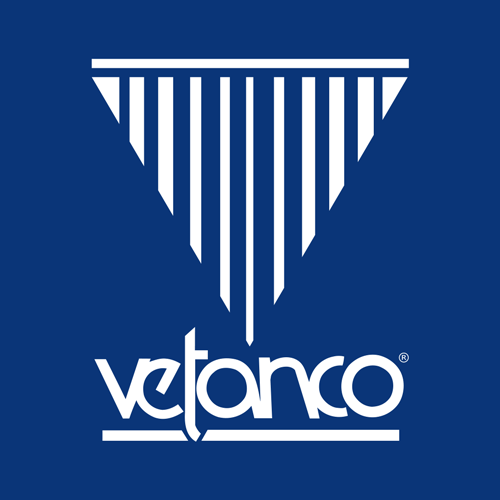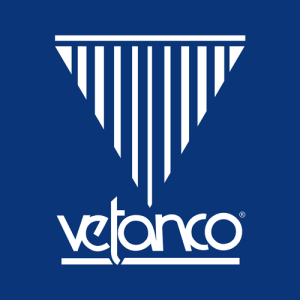On 19 May 2009, the European Commission published a new regulation in the Official Journal, opening a new functional group under Regulation (EC) 1831/2003 for feed additives acting on the reduction of the contamination of feed by mycotoxins. This first amendment to the new Feed Additive Regulation, put in place in 2003, is not only a milestone regarding innovation by the European Union for the feed additive business, but also an important step forward in the integrated fight against mycotoxin contamination of feed.
Mycotoxins have become one of the most recognised feed chain contaminants, with hundreds of mycotoxins identified to date. The safety and economical impact of these contaminants within the food chain are sometimes considerable. In the EU, two specific mycotoxins are regulated under strict limits whilst six more are subject to non-binding recommendations. The fight against mycotoxins is subject to integrated measures all along the entire production chain, from field, to storage and transformation. Amongst the set of measures available in Europe, it was lacking the ability to reduce the contamination of feed by the use of adequate feed additives that acted upon the feed. This has now been corrected by this decision of the EU authorities that adds an important tool to the anti-mycotoxin arsenal.
The purpose of these feed additives shall not be to clean up or mask adulterated feed, but to help further reducing contamination once the limits fixed or recommended have been attained through other means. It might also allow better management of the risk posed from non-regulated mycotoxins and for synergistic effects between mycotoxins at low concentrations.
According to this new regulatory status, three modes of action are recognized: substances that can suppress or reduce the absorption of mycotoxins, promote their excretion, or those that modify their mode of action. In all cases they are acting upon the feed and so the decision was to bring this new functional group under the “Technological Additives” category.
This will have important implications regarding the assessment and authorization process. A number of developments are on-going within feed additive companies and several products that act within these three modes of action would be suitable candidates for authorization within this new framework.The decision made by the EC and Member States (that will come into force on 2 June 2009) not only brings the contamination-reduction functionality clearly within the feed additives scope at the exclusion of any other one, but also means that all substances that aim at fulfilling this function and/or claim shall be subject to the general feed additives regime, including pre-market approval and inclusion in the EU positive list.
FEFANA, who has worked for a number of months on this development, is deeply satisfied by this decision. Whilst Regulation 1831/2003 is indeed very demanding for feed additive operators, in particular regarding the ongoing re-authorisation process of all existing feed additives, we see this opening of a new functionality as a very positive aspect of the authorization system in place. It is indeed of the utmost importance for sustainability of the EU feed additive industry, that the EU legislative framework not only allows room for innovation, but also provides adequate transparency and protection to the operators who fulfill the high authorization requirements imposed on feed additives within the European Union.
FEFANA is the EU Feed Additives and Premixtures Association. It was established on 13 October 2004 and is the new juridical form of the feed additives producers association that was founded in 1963. With over 100 members from 28 countries, the Association is the interface between the feed additives industry and the European Union authorities, including Member State authorities, in order to promote, safeguard and defend common and general interests of the industry (in several topics like guidelines, register, labelling and definitions, analysis, feed hygiene and food chain safety or non-feed use of additives). FEFANA’s chairperson is Dr. Graham Hadden of AB Vista.

